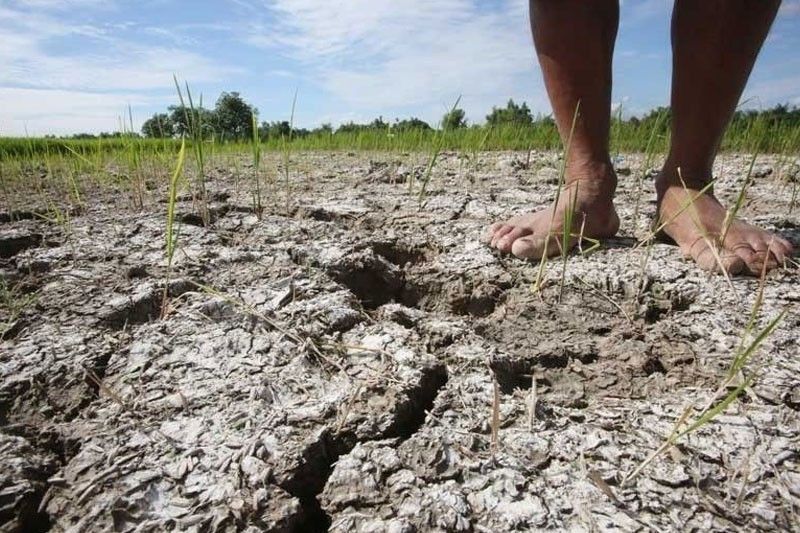El Niño to affect rice production – DA

MANILA, Philippines — The El Niño phenomenon will affect the country’s rice production as many farmlands start to dry out ahead of the expected drought in the second half of this year, a ranking official of the Department of Agriculture (DA) said.
In an interview yesterday with The STAR, Agriculture Assistant Secretary and deputy spokesman Rex Estoperez said rice inventory would further dwindle if rice farmers, especially those in rain-fed areas, would not be able to plant because of El Niño.
“I think so (effect of El Niño on palay production). I am not yet informed (on the actual volume), but based on the previous experience, our summer harvest is not big, and if it will be followed by El Niño, our rice production will suffer,” Estoperez added.
The DA official has warned that the spike in the retail price of the grain will persist amid high farm gate prices and the upward trend in imported rice.
“(The increase in the price of rice) is happening because of the dry harvest season and the speculation on the El Niño,” he said.
Estoperez added that rain-fed palay farms need to shift to more resilient crops once drought hits the country.
“Rain-fed areas are vulnerable to El Niño because of lack of access to the irrigation system. What we can do is to provide intervention on the change of calendar on the planting season or change of crops,” he said.
He added that the DA already had directed its regional offices to visit areas vulnerable to drought and come up with recommendations to support the farmers.
The Philippine Atmospheric, Geophysical and Astronomical Services Administration has warned that El Niño will be experienced starting this June or July.
Estoperez said the efforts of the government to increase its buffer stock are also affected by the country’s daily consumption of rice.
“The daily rice consumption is at 37.6 metric tons. Even though we have summer harvest, our consumption is also high. We have to have buffer stocks in preparation for calamities, lean months, to make sure we have supply,” he added.
Local government units (LGUs) are encouraged to shoulder a certain amount in the procurement of palay from the farmers to help the National Food Authority (NFA), according to the DA executive.
“Like in Isabela, if the buying price of NFA is P19, the LGU will assume a certain amount to increase the buying price per kilo,” he said.
He added that the government targets to increase buffer stock to 90 days from the current 51 days in preparation for the lean months.
Based on the DA’s monitoring, the retail price of local regular milled rice ranges from P34 to P40 per kilo; local well-milled rice, from P39 to P46 per kilo; local premium rice, from P42 to P49 per kilo; and local special rice, from P48 to P60 per kilo.
Imported regular milled rice ranges from P37 to P44; imported well-milled rice, from P40 to P46; imported premium rice, from P43 to P52 per kilo; and special imported rice, from P50 to P58 per kilo.
Federation of Free Farmers national manager Raul Montemayor has said that the El Niño phenomenon’s impact on rice production would be felt starting this July, August and September, echoing Estoperez’s warning on the possible rice shortage amid the threat of the dry spell.
Montemayor said only two-thirds of the total palay farms are irrigated and one-third still depends on water from the rains.
The United States Geological Survey (USGS) said El Niño refers to the warming of the ocean surface, or above-average sea surface temperatures, in the central and eastern tropical Pacific Ocean.
The USGS added that El Niño recurs from two years to a decade and can disrupt normal weather patterns globally.
The DA said Mindanao had seen the worst El Niño in the country, with 17,000 hectares of farmlands and more than 20,000 farmers affected in 2016.
- Latest
- Trending

























